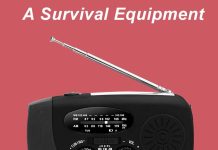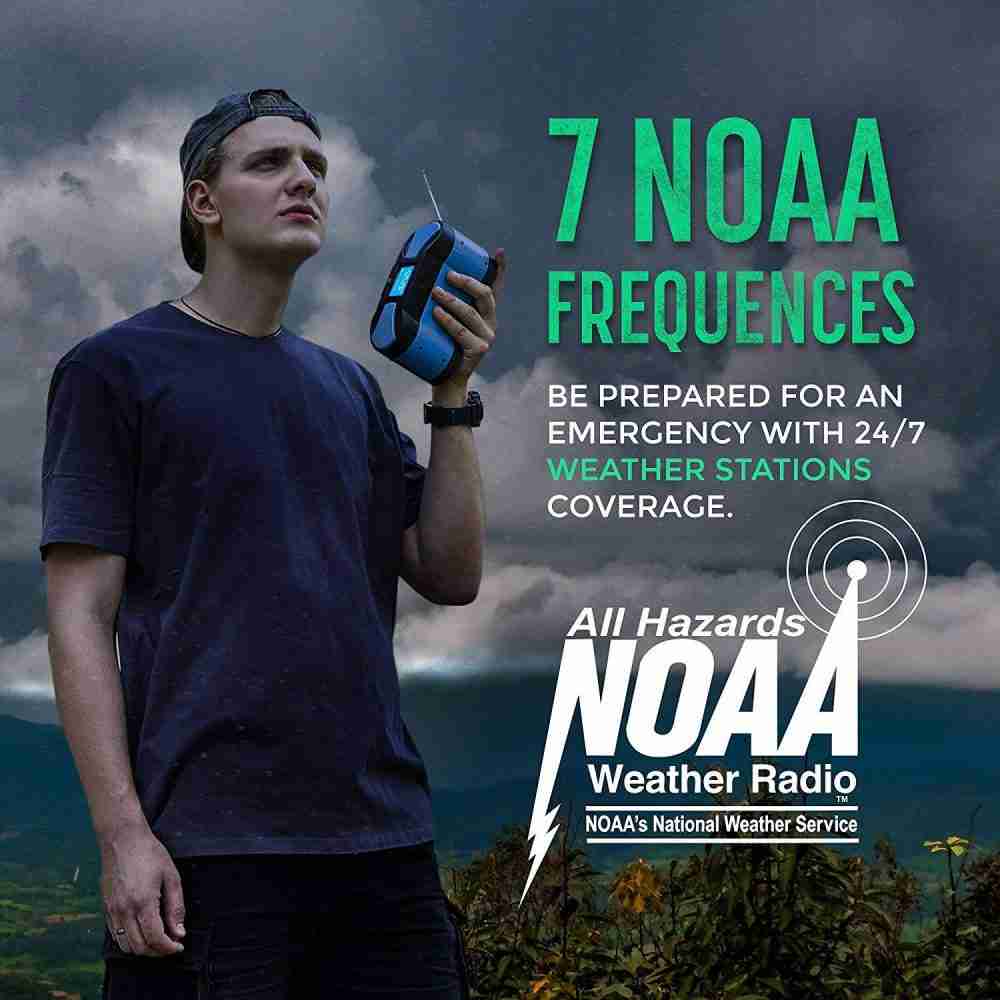Planning a camping trip can be an exciting endeavor, but when it comes to packing, the task can quickly become overwhelming. That’s why we’ve put together a comprehensive guide on how to pack for camping, specifically focusing on lightweight backpacking tips. Whether you’re a seasoned hiker or a beginner explorer, these tips will help you optimize your packing to ensure a comfortable and enjoyable outdoor adventure. From choosing the right gear to essential packing techniques, we’ve got you covered so that you can embark on your camping trip with confidence and ease.
Choosing the Right Backpack
Choosing the right backpack is essential for a successful and comfortable camping experience. When selecting a backpack, there are several factors to consider. One of the most important considerations is the size and capacity of the backpack. You’ll want to choose a backpack that is large enough to hold all your camping gear, but not so large that it becomes too cumbersome to carry.
Opting for lightweight materials is another important aspect to consider when choosing a backpack. Lightweight materials can help reduce the overall weight of your pack, making it easier to carry on long hikes. Look for backpacks made from materials such as nylon or polyester, as these are lightweight yet durable.
Ensuring a comfortable fit is also crucial when selecting a backpack. Look for backpacks that have adjustable shoulder straps and hip belts. These features will allow you to customize the fit of the backpack to your body, providing added comfort and support during your camping trip.
Finally, it’s important to look for organizational features when choosing a backpack. Look for backpacks that have multiple compartments and pockets, as they can help you keep your gear organized and easily accessible. Some backpacks even have built-in hydration systems, which can be a convenient feature for staying hydrated on the trail.
Selecting the Essentials
When packing for your camping trip, it’s important to prioritize the essentials. These are the items that you absolutely need in order to have a safe and enjoyable camping experience.
Shelter and sleeping gear are essential items that should not be overlooked. Depending on your camping style, you may need a tent, tarp, or hammock for shelter. Additionally, you’ll need a sleeping bag and sleeping pad for a comfortable night’s rest.
Cooking equipment and utensils are also essential items to pack. Lightweight camping stoves, pots, pans, and utensils are all necessary for cooking meals at your campsite. Don’t forget to pack a reliable fire starter as well.
Clothing and footwear should be carefully selected based on the expected weather conditions and the activities you plan to engage in. Choose versatile and lightweight clothing that can be easily layered for different weather conditions. Opt for quick-drying and moisture-wicking fabrics to keep you comfortable during physical activities. Don’t forget to pack sturdy and comfortable footwear that will provide adequate support and protection for your feet.
Personal hygiene items, including toothbrushes, toothpaste, deodorant, and soap, should also be included in your packing list. Additionally, it’s important to pack a well-stocked first aid kit to handle any minor injuries or medical emergencies that may arise during your camping trip.
Lighting and navigation tools are essential for safety and convenience. Be sure to pack a headlamp or flashlight, as well as a compass or GPS device, to help you navigate in low-light conditions or unfamiliar terrain. It’s also a good idea to bring along a map of the area you’ll be camping in.
Essential documents, such as identification, camping permits, and emergency contact information, should be kept in a waterproof and secure container. It’s also important to bring along communication devices such as a fully charged cell phone or a two-way radio.
Minimizing Clothing and Footwear
One way to lighten your backpack and make it easier to carry is to minimize the amount of clothing and footwear you pack. Choosing versatile and lightweight clothing is key to efficiently packing for a camping trip.
Opt for clothing items that can be easily mixed and matched to create different outfits. Choose lightweight and breathable fabrics that will keep you comfortable in various weather conditions. Consider packing items that can be layered to accommodate changes in temperature. This will allow you to stay warm in colder conditions and remove layers if it gets hot.
When it comes to footwear, it’s important to prioritize durability and comfort. Choose a pair of hiking boots or trail shoes that provide adequate support and protection for your feet. Avoid packing multiple pairs of shoes, as they can take up valuable space in your backpack. Instead, opt for one pair of versatile shoes that can be worn in a variety of environments.
Additionally, consider packing clothing and footwear items made from quick-drying and moisture-wicking fabrics. These fabrics are designed to wick away moisture from your body, keeping you dry and comfortable even during intense physical activity or in wet weather conditions.
Consideration for Food and Water
When packing for a camping trip, it’s important to consider your food and water needs. Proper hydration and nutrition are essential for maintaining energy and staying healthy during your outdoor adventures.
When it comes to food, pack lightweight and calorie-dense options that will provide you with the necessary energy for your hikes and other physical activities. Look for dehydrated meals, energy bars, and dried fruits and nuts that are compact and easy to carry. These types of food items can be rehydrated with water, making them convenient for camping trips.
Choose shelf-stable and easy-to-prepare options that require minimal cooking or refrigeration. This will help eliminate the need for bulky and heavy cooking equipment, making your backpack lighter and more manageable. Consider packing items like instant oatmeal, pre-cooked rice, and canned goods that can be easily heated over a campfire or camp stove.
Prioritizing water filtration and purification is crucial for ensuring a safe and clean water source during your camping trip. Pack a lightweight water filter or purification tablets to treat any water you find along the way. This will help protect against harmful bacteria and parasites that can cause waterborne illnesses.
Carry a sufficient amount of water with you, especially if you’re camping in an area with limited water sources. It’s generally recommended to carry at least two liters of water per person per day, but this amount may vary depending on the climate and activities you’ll be engaged in. Consider using hydration bladders or collapsible water bottles to save space in your backpack.
Organizing and Packing Techniques
Properly organizing and packing your backpack can make a significant difference in your camping experience. Follow these techniques to optimize space and keep your gear easily accessible.
Use stuff sacks or compression sacks to separate and organize your gear. Stuff sacks are lightweight and can be used to store clothing, sleeping bags, and other soft items. Compression sacks are designed to compress bulky items like jackets or sleeping bags, creating more space in your backpack.
Separate your items into categories to make it easier to find what you need. For example, keep your cooking equipment and utensils in one compartment, clothing in another, and personal hygiene items in a separate pouch. This will help you locate items quickly without having to dig through your entire backpack.
Packing cubes are another great tool for optimizing space in your backpack. These lightweight and rectangular bags can keep your clothing and gear neatly organized. Packing cubes can also compress your items, allowing you to fit more in your backpack.
When packing your backpack, place heavier items closer to your back. This will help distribute the weight more evenly and maintain better balance while hiking. Items such as cooking equipment or water bottles should be packed towards the center of your backpack.
Consider using a backpack liner or rain cover to protect your gear from water damage. These waterproof covers can keep your backpack dry during rainy or humid conditions. They are particularly useful for protecting electronics or other sensitive equipment.
Preventing and Reducing Gear Weight
Reducing the weight of your gear can make a significant difference in your overall comfort and ability to hike longer distances. Here are some tips for preventing and reducing gear weight.
Determine the essential versus non-essential items before packing. Consider whether each item is necessary for your camping trip and if it will contribute to your comfort or safety. Leave behind any items that are not essential to reduce the overall weight of your pack.
Research lightweight alternatives for your gear. Many outdoor gear companies offer lightweight versions of common camping items such as tents, sleeping bags, and cooking equipment. These lightweight options can significantly reduce the weight of your pack without compromising functionality or durability.
Consider multipurpose gear that serves multiple functions. For example, a sleeping bag liner can also function as a lightweight blanket, or a bandana can serve as a towel or head covering. Choosing gear that has multiple uses can help reduce the number of items you need to pack.
Remove unnecessary packaging from items before packing. Many food and toiletry items come in bulky packaging that can add unnecessary weight to your pack. Transfer items into lightweight containers or reusable bags to save space and reduce weight.
Cut down on toiletries and personal items. Only pack the essentials such as toothpaste, sunscreen, and insect repellent. Consider using travel-sized containers or sample sizes to further minimize weight.
Tips for Efficiently Load Your Backpack
Efficiently loading your backpack is key to maintaining balance, stability, and comfort while hiking. Follow these tips to ensure you pack your backpack correctly.
Place frequently used items within easy reach. Items such as snacks, water bottles, and maps should be easily accessible so that you don’t have to unpack your entire backpack to reach them.
Distribute weight evenly throughout your backpack. Place heavy items towards the center of your pack, close to your back. This will help maintain balance and prevent strain on your shoulders and back.
Balance the weight between the two sides of your backpack. By distributing weight evenly between the left and right sides, you’ll prevent your backpack from pulling you to one side while hiking.
Secure loose items within your backpack. Use compression straps or packing cubes to keep smaller items from shifting and creating potential discomfort or instability. This will also prevent items from getting damaged or lost.
Adjust the backpack’s suspension system for optimal comfort. Most backpacks have adjustable shoulder, chest, and hip straps. Take the time to adjust these straps to ensure a proper fit and distribute weight evenly. A well-fitted backpack will help prevent strain and discomfort while hiking.
Safety and Emergency Preparedness
Safety should always be a top priority when camping. Here are some tips to help you stay safe and prepared for emergencies during your camping trip.
Carry a well-stocked first aid kit that includes items such as bandages, disinfectant, pain relievers, and any necessary personal medications. Make sure the first aid kit is easily accessible and that someone in your group knows how to administer basic first aid.
Take the time to learn basic first aid and emergency procedures. Knowing how to treat minor injuries, perform CPR, and handle other emergency situations will equip you with the skills necessary to respond quickly and effectively in case of an emergency.
Pack emergency signaling devices such as a whistle, mirror, or flare. These items can help attract attention and signal for help in case of an emergency.
Be aware of wildlife safety measures. Research the area you’ll be camping in for any potential wildlife encounters and know how to respond appropriately. Practice proper food storage to prevent attracting wildlife to your campsite.
Inform others about your camping plans. Before embarking on your camping trip, let someone know where you’ll be camping, your intended route, and your expected return date. This will help ensure that someone knows where to look for you in case of an emergency or if you don’t return as planned.
Additional Tips and Tricks
Here are some additional tips and tricks to help you pack and prepare for your camping trip:
Practice packing and unpacking your backpack before your camping trip. This will help you familiarize yourself with the process and ensure that everything fits properly.
Keep a checklist to ensure that you don’t forget any essential items. A checklist can help you stay organized and prevent you from leaving anything behind.
Consider sharing equipment with fellow campers. If you’re camping with others, coordinate to distribute the weight of shared items such as cooking equipment or larger tents.
Always check the weather forecast before heading out on your camping trip. This will help you pack appropriate clothing and gear for the expected conditions.
Stay organized throughout your trip. Take the time to put things back in their designated places, clean up after yourself, and keep your gear neatly organized. This will make it easier to find items when you need them and maintain a clutter-free campsite.
Final Thoughts
Packing for a camping trip doesn’t have to be a daunting task. By choosing the right backpack, selecting the essential items, and employing organizational techniques, you can lighten your load and make your camping experience more enjoyable.
Remember to prioritize comfort and safety when packing, and regularly reassess and adjust your packing strategy to ensure that you’re only carrying what you truly need. By embracing a minimalist mindset and following these lightweight backpacking tips, you can enjoy a hassle-free camping experience and fully immerse yourself in the beauty of the great outdoors.








































